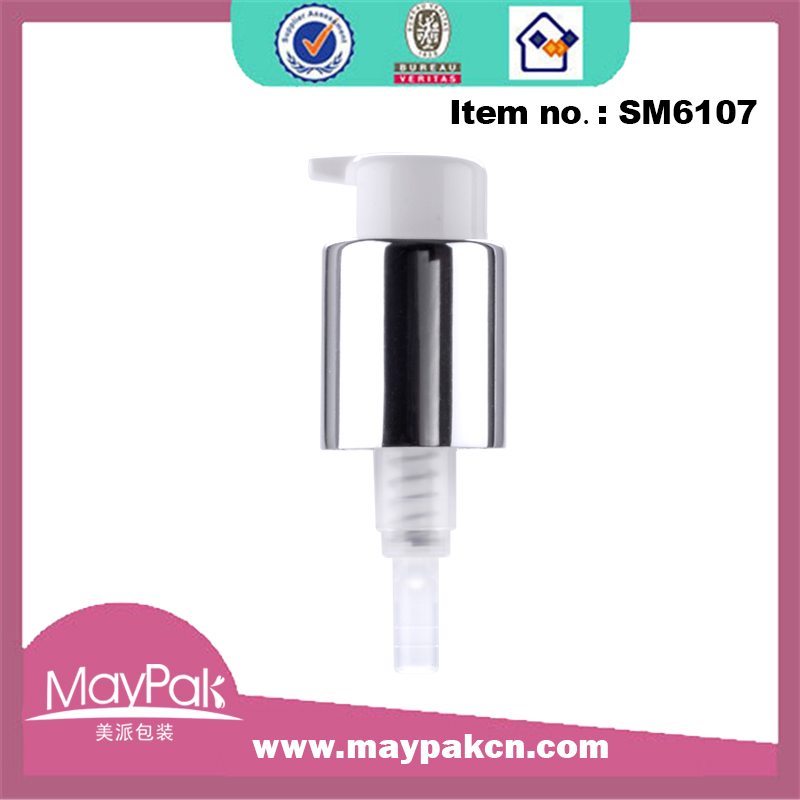Polycarbonate (PC) – This material is formed by a condensation polymerization resulting in a carbon that is bonded to three oxygens. The most common system for this polymerization is formed by a reaction of bisphenol A and phosgene. Applications of polycarbonate are almost always those which take advantage of its uniquely high impact strength and its exceptional clarity. These unique properties have resulted in applications such as bulletproof windows, break resistant lenses, compact discs, etc. More recently however, additional interest has resulted because of the low flammability of polycarbonate.
Polycarbonates (PC) were first prepared by Einhorn in 1898 and extensively researched until 1930 where they were discarded. Research was then started in the mid 1950s by General Electric and in 1958 the Polycarbonate popularity expanded to a global community. Today, approximately 75% of the Polycarbonate market is held by SABIC Innovative Plastics and Covestro (formerly Bayer MaterialScience).
